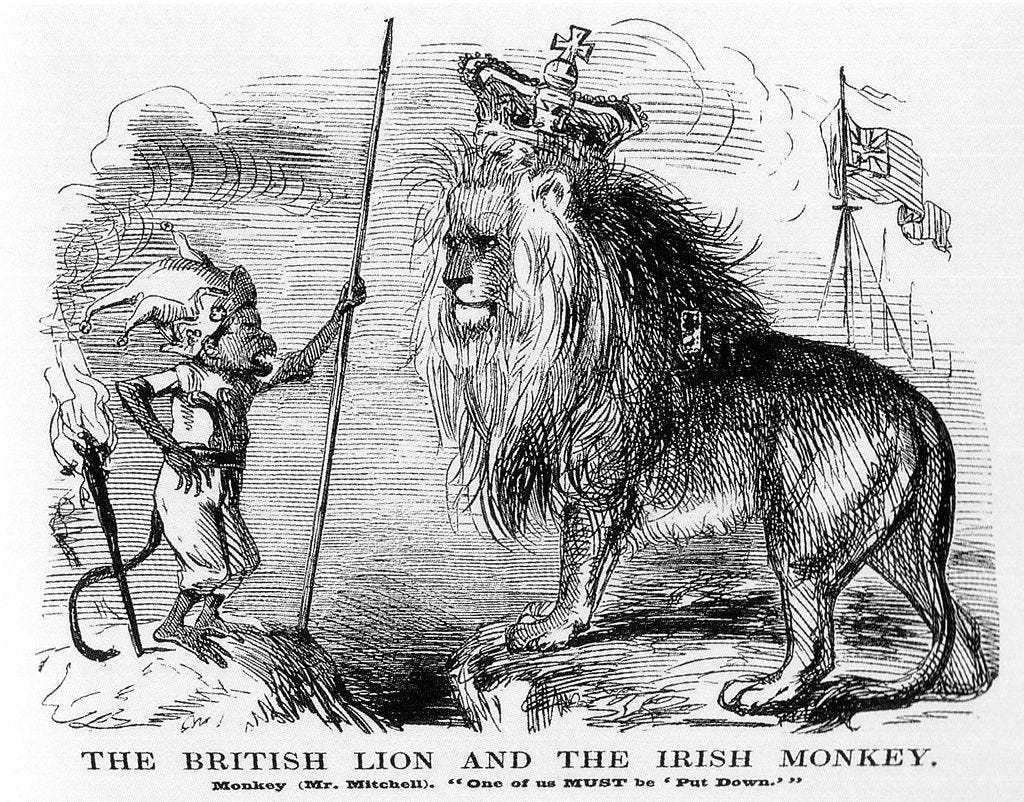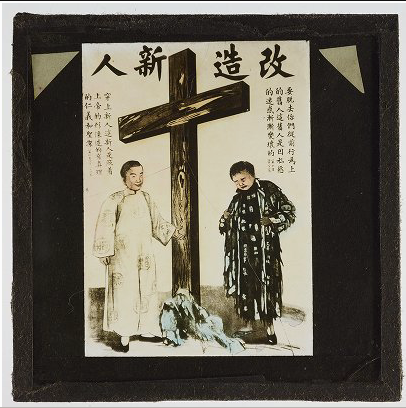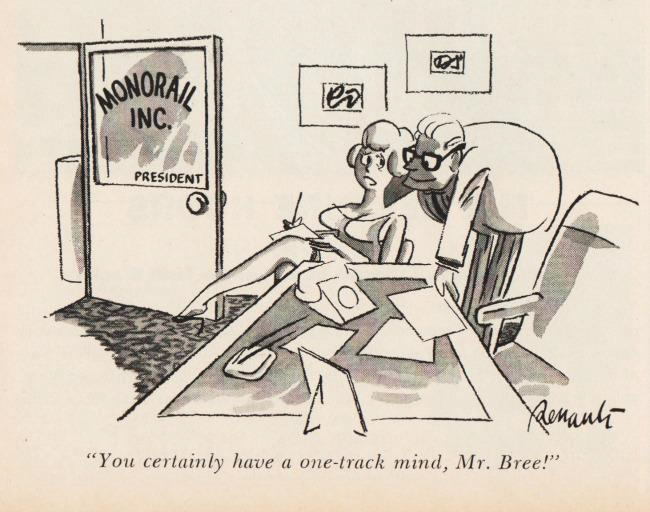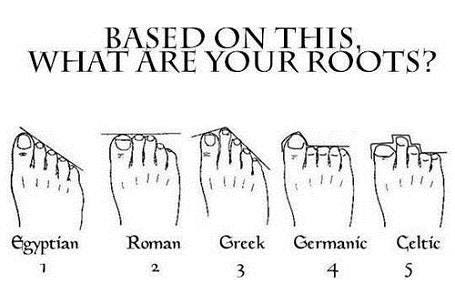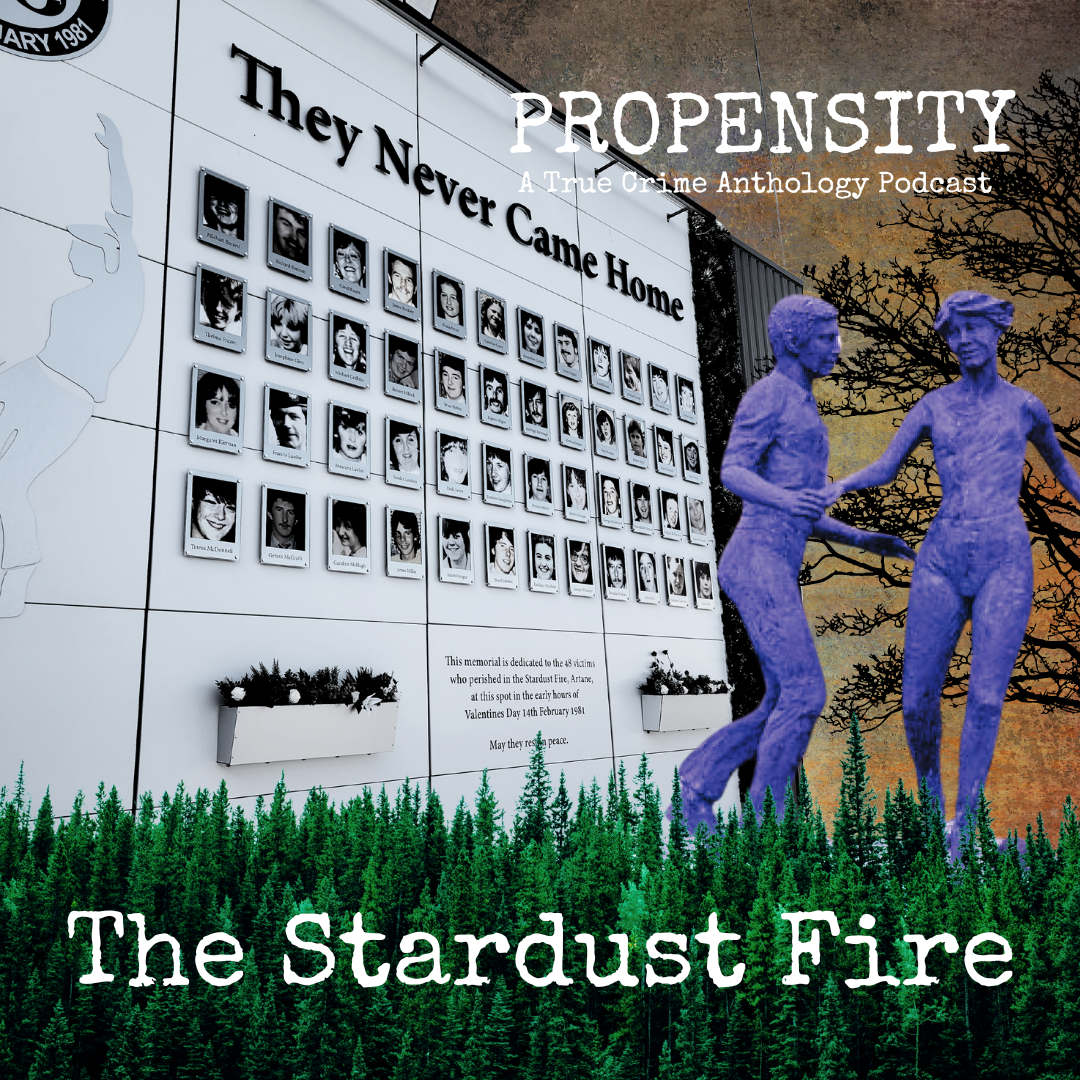James Ramsay MacDonald (1866–1937): Labour’s First Prime Minister
On the 22 January 2024 it will be exactly a hundred years since the United Kingdom’s first short-lived Labour Government.
To mark the centenary, I have picked out 6 objects connected to James Ramsay MacDonald (1866–1937) from the University of Manchester Library collections that offer a glimpse of the man behind the politics. In addition to printed material and ephemera, the John Rylands Library holds the Ramsay MacDonald Papers which were purchased in 1989. It seems likely that this collection was at some point separated from the main body of Ramsay MacDonald papers now held at The National Archives. Before they were rescued by a bookseller they were gnawed by rodents and have since been repaired by specialist paper conservators. In this blog I will concentrate on the objects, but you can find a brief biography of James Ramsay MacDonald and his time in office here.
Margaret Ethel MacDonald (1870–1911).
The first item I picked is from our Alison Uttley collection. As a childhood fan of Uttley’s writing (who can read Traveller in Time and not be thrilled?!), I was intrigued to find in her collection a memorial pamphlet to MacDonald’s wife. Margaret Ethel MacDonald (1870–1911) was a socialist and a key figure in the Women’s Labour League, a pressure group founded in 1906 to promote the political representation of women in Parliament and local government bodies. She met James Ramsay Macdonald in 1895 and married him the following year. It was a love match and a personal tragedy for Ramsay MacDonald when she died of sepsis in 1911 leaving him with 5 young children. He never remarried. The memorial pamphlet celebrates her political acumen, generosity and kindness and offers a glimpse of the MacDonalds’ family life with a delightful description of how their 5 young children:
‘run barefoot for health … and have their reward for it in looking the stoutest little cherubs‘
After finding this slim pamphlet amongst the Uttley collection I wondered why this piece of ephemera survived? Did Alison know Margaret? Alison Uttley was working in central London as a teacher in 1908. In 1911 she married at the Ethical Church, Bayswater, a humanist church that was connected to London socialists (with a pulpit designed by Walter Crane). One can only speculate but it is entirely possible that Uttley was involved in the Women’s Labour League or knew Margaret MacDonald personally.
Several times the pamphlet mentions Mary Middleton who also died in 1911. She was a close friend of Margaret MacDonald, and her husband, James Middleton, was the secretary of the fledgling Labour Party. The widowers set up a charity to remember their wives’ shared interest in child welfare reforms. The papers of the Mary Middleton and Margaret MacDonald Baby Clinic and Hospital are held at the People’s History Museum in Manchester. Despite emerging political differences Middleton and Ramsay MacDonald remained friends throughout their lives.
First Day in Office
My second choice is an appointment diary belonging to Ramsay MacDonald where he recorded key engagements. The curt entries for the momentous date of 22 January 1924, when he became Britain’s first Labour Prime Minister, are wonderfully understated. He carefully notes the timing for two visits to Buckingham Palace and his first Commons speech in his new job of Prime Minister and Foreign Secretary.
The Zinoviev letter
My third choice concerns a notorious smear campaign to destroy the Labour Party’s standing. A second general election was held on 29 October 1924 and during the preceding week the party was dogged by the Daily Mail’s publication of the ‘Zinoviev letter’ — a forged document allegedly written by the head of the Communist International urging socialists in Britain to prepare for violent revolution. Labour’s vote slumped, leading to Baldwin’s return with 412 seats against 151 for Labour, and 40 for the Liberals.
The hand-written memorandum above shows how seriously the Labour Government took the allegations and their fears of political mischief.
“We have enough evidence to show us the existence of habitual attempts in Russian matters to pass off forgeries as authentic documents … for political purposes.”
It is interesting to note here that this is not a phenomenon of the past: malicious disinformation and false news continue to threaten Western democracies.
Six Months of Labour Government
Next up is the pamphlet Six Months of Labour Government, issued by the Independent Labour Party (ILP). In 1924 the ILP was still affiliated to the Labour Party and this pamphlet celebrates Ramsay MacDonald’s successes (an expansion in social housing and measures to improve farm wages and pensions) while acknowledging the difficulties faced by any minority government. The full pamphlet is available as a book reader — the long-winded prose is typical of its time and was aimed at true believers. The same points are made much more quickly and evocatively for a general audience by the Labour Party Poster at the start of this blog.
Tributes from exiled Scots
My final 2 objects only arrived in the library in 2021 and comprise a souvenir menu with portrait, a poem, and watercolour. On the 26 November 1931 ‘The Scots in London and South of the Border’ hosted a lavish dinner party in honour of Ramsay MacDonald. There is a long tradition of political dinners, speech-making, and gift-giving in the labour movement and this souvenir programme (replete with tartan stripe) records the food served and the names and positions of those giving the toasts. The pamphlet has a frontispiece a collotype portrait of Ramsay MacDonald which is signed (but indecipherable). A digitised copy of the dinner menu and portrait is here.
The strong personal connection felt by Ramsay MacDonald’s Scottish supporters is similarly evident in the water-colour painting of a Scottish scene and the dialect poem ‘The Man of the Hour’ presented in December 1931 by A. A. Philip.
The poem and painting (and the dinner too) are pertinent as all were presented after Ramsay MacDonald’s ‘betrayal’ of August 1931 when he formed a National Government that pitted itself against the Labour Party and comprehensively won the next election. Indeed, perhaps the title of A. A. Philip’s painting ‘Cloudy but Clearing up’ was a reference to MacDonald’s painful political position and the hope that it would not last for ever. This rather touching homespun tribute demonstrates that some, at least, did retain their faith in Ramsay MacDonald.
Ramsay MacDonald stayed in office until June 1935, increasingly bitter and isolated. His decision to remain as Prime Minister and betray the Labour Party cost Ramsay MacDonald his reputation and effectively erased the memory of years of hard work on behalf of the labour movement. Writing some twenty years after the event Clement Attlee described MacDonald’s decision to abandon the 1931 Labour Government as “the greatest betrayal in the political history of the country.”
To this day many in the labour movement have not forgiven him.
Additional Resources
David Marquand, Ramsay MacDonald, (Jonathan Cape Ltd, London 1977).
Kevin Morgan, Ramsay Macdonald, (Haus publishing, 2006)
John Shepherd and Keith Laybourn, Britain’s First Labour Government (Palgrave, 2006, 2013)
The catalogue for the Ramsay MacDonald Papers held at the John Rylands Library can be accessed here Ramsay MacDonald Papers — Archives Hub (jisc.ac.uk)
You can find out more on the Ramsay MacDonald Papers at Manchester University in an article by David Howell published in the Bulletin of the John Rylands Library
The People’s History Museum in Manchester holds the Middleton Papers and the Archives of the Labour Party which include much material on Ramsay MacDonald.
The National Archives, Kew holds a substantial collection of material relating to Ramsay MacDonald

